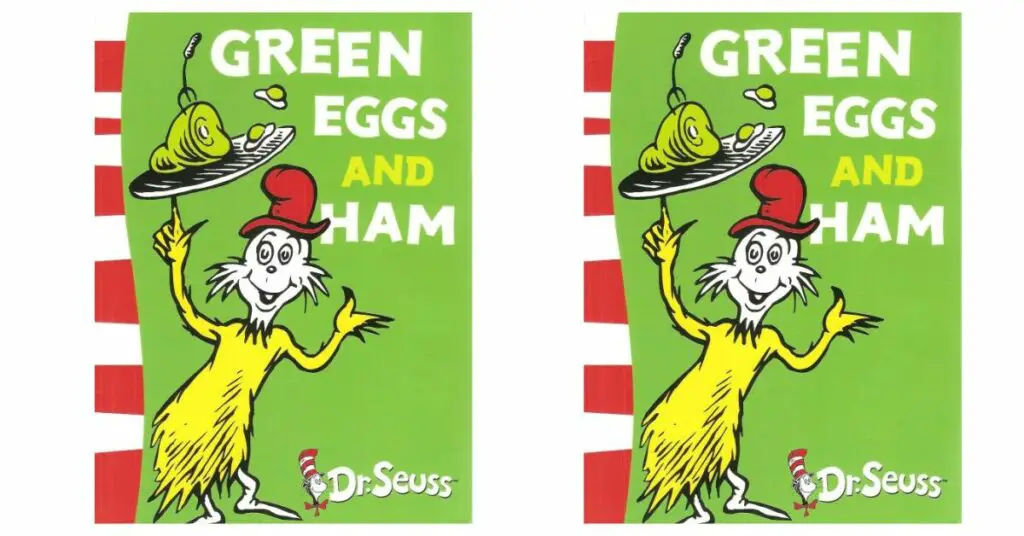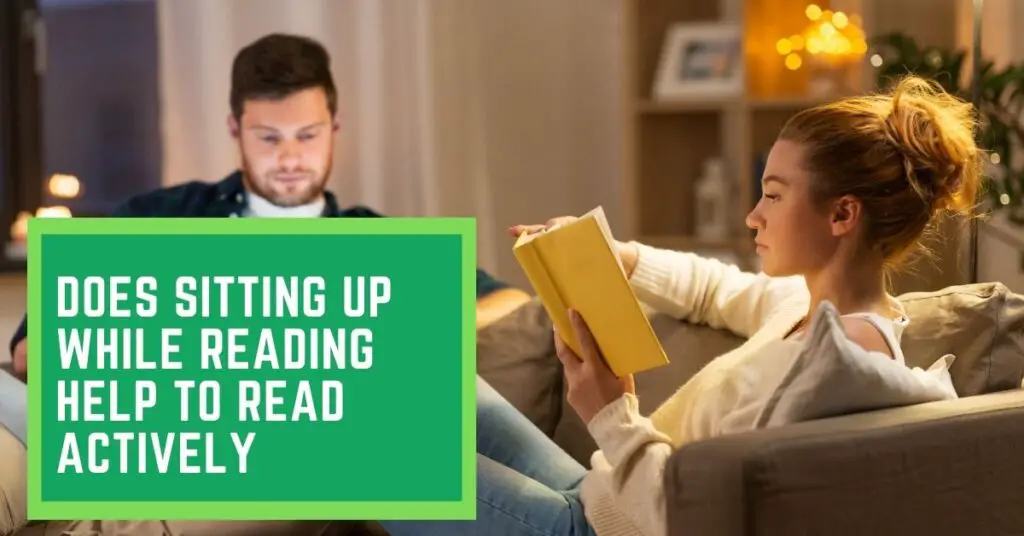There are many different types of lights that can be used for reading. Each has its own benefits and drawbacks, so it’s important to choose the right one for your needs.
LED lights are becoming increasingly popular as reading lights because they’re energy-efficient and produce little heat. Some people find that LED gives that bright light required for reading. However, they can be expensive, and some people find them too bright.
In this article, we’ll take a look at whether LED lights are good for reading and some things you should know about reading under LED lights.
The Different Types of Lights Used for Reading
There are many different types of lights that can be used for reading. Each has its own benefits and drawbacks, so it’s important to choose the right one for your needs.
Incandescent Bulbs
Incandescent bulbs are the traditional type of light bulb. They’re inexpensive and easy to find, but they’re not very energy-efficient. Additionally, they produce a lot of heat, so they can make your room too warm.
Some people find that incandescent bulbs give off a yellowish light that’s not ideal for reading. However, they can be dimmed to create a softer light.
Fluorescent Lights
Fluorescent lights are often used in offices and schools because they’re energy-efficient. They produce little heat and won’t make your room too warm. However, some people find that fluorescent lights give off a harsh, bright light that’s not ideal for reading.
Halogen Lights
Halogen lights are similar to incandescent bulbs, but they’re more energy-efficient. They produce a lot of heat, so they can make your room too warm. However, some people find that halogen lights give off a bright light that’s good for reading.
LED Lights
LED lights are becoming increasingly popular as reading lights because they’re energy-efficient and produce little heat. Some people find that LED gives that bright light required for reading. However, they can be expensive, and some people find them too bright.
How to Use an LED Light For Reading
LED lights are becoming increasingly popular as a source of lighting for reading. They are energy efficient and can be very bright, making them ideal for use in low-light conditions. Here are a few tips on how to use an LED light for reading:
1. Choose the right LED light. There are many different types and sizes of LED lights available on the market. When choosing an LED light for reading, it is important to consider the size of the light, the brightness, and the beam pattern.
2. Place the LED light in the right position. When using an LED light for reading, it is important to place the light in a position that will not cause glare or reflections. The light should be placed so that it illuminates the text without causing any discomfort to the eyes.
3. Adjust the brightness of the LED light. Many LED lights have adjustable brightness settings. It is important to find a setting that is comfortable for your eyes and allows you to see the text clearly.
4. Use a diffuser. If the LED light is too bright or produces a harsh beam, you can use a diffuser to soften the light and reduce glare.
5. Take breaks. It is important to take breaks when using an LED light for reading. The eyes can become strained if they are exposed to bright light for extended periods of time.
Following these tips will help you get the most out of using an LED light for reading.
The Benefits of Using LED Lights For Reading
There are many benefits of using LED lights for reading.
One benefit is that LEDs produce less heat than traditional light bulbs, so they are more comfortable to use for long periods of time.
Additionally, LED lights do not contain harmful chemicals like mercury, making them a safer option for both you and the environment.
Finally, LED lights are much more energy-efficient than traditional light bulbs, so you can save money on your energy bill by using them.
If you are looking for a more comfortable and eco-friendly option for reading, LED lights are a great choice. Give them a try today!
The Drawbacks of Using LED Lights for Reading
LED lights are becoming increasingly popular as a reading light source, but there are some potential drawbacks to using them.
LED lights can be harsh on the eyes. The bright, intense light emitted by LEDs can cause eye strain and fatigue, particularly when used for extended periods of time. I
LED lights can disrupt your sleep cycle. The blue-tinged light emitted by LEDs can interfere with your body’s natural production of melatonin, making it more difficult to fall asleep at night.
LED lights can be expensive. While LED lights are becoming more affordable, they still tend to be more expensive than other types of lighting, such as incandescent bulbs.
LED lights may not last as long as advertised. Many manufacturers claim that their LED lights will last for tens of thousands of hours, but in reality, the lifespan of an LED light can be much shorter.
Despite these potential drawbacks, LED lights can be a great option for reading, especially if you’re looking for a bright, energy-efficient light.
Frequently Asked Questions Related to Reading in Led Light
1. What colour light is best for reading?
Amber light and red light are the best colours for reading because they have the longest wavelengths in the visible spectrum.
These colours do not stimulate the retina as much as blue light does, so they won’t cause eyestrain or fatigue.
In fact, exposure to blue light at night can disrupt your sleep cycle because it suppresses melatonin production. So if you’re someone who has trouble sleeping, consider using a blue light blocking lightbulb in your bedroom. They’re available at most hardware stores.
2. What LED wattage is good for reading?
50 watts is a good wattage for reading. LED lights are becoming more popular because they use less energy and last longer than incandescent light bulbs. They also emit a whiter light that is easier on the eyes.
3. Is warm white or cool white better for reading?
There are two main types of lightbulbs – warm white and cool white. Warm white bulbs give off a more orange light, while cool white bulbs give off a more blue light.
When it comes to reading, cooler white to natural daylight range is best. This is because the blue light helps to keep your attention focused, while the orange light relaxes your eyes.




